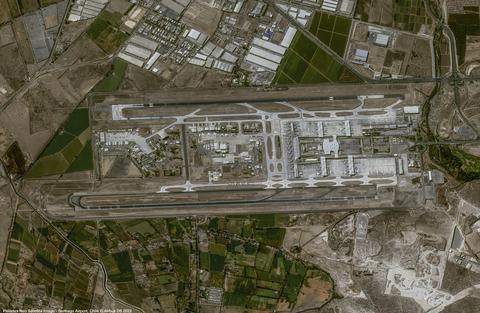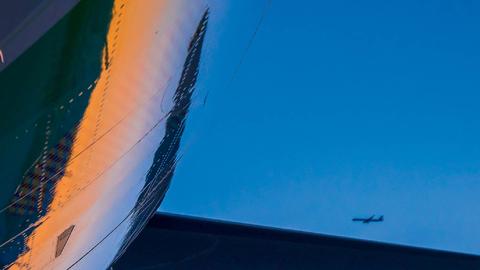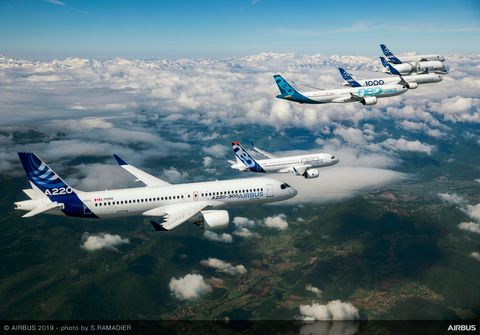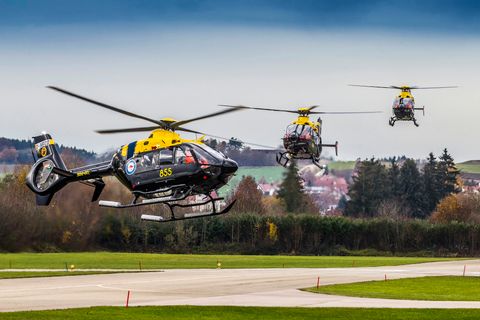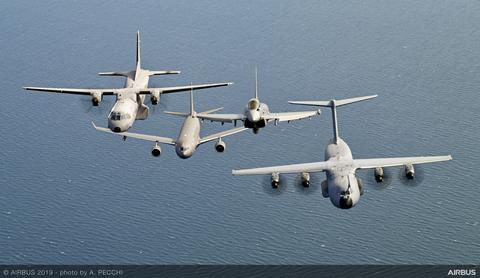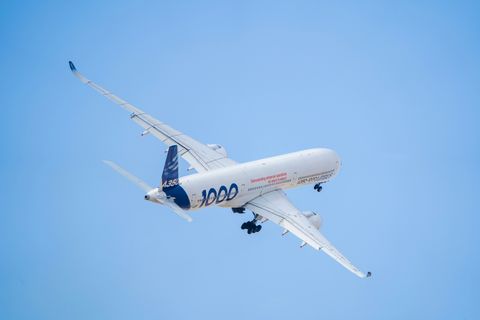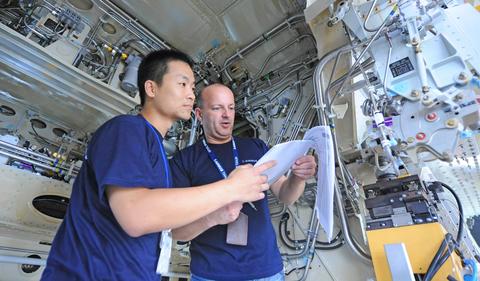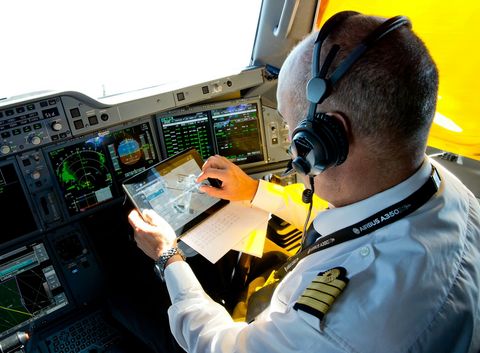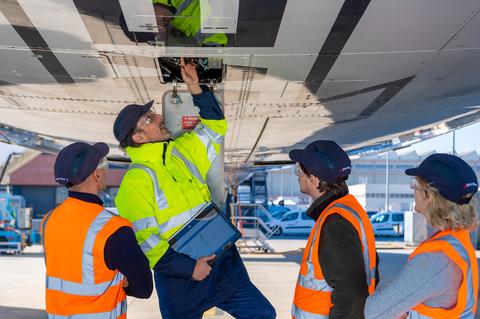From the production of spacecraft and satellites to their orbiting, operation and subsequent disposal after mission completion, Airbus is committed to designing safe systems.
Reducing the risks from space assets
Space debris is a major threat to the future of space operations in Earth orbit – from human spaceflight to the use of satellites for telecommunications relay, internet connectivity, scientific research, and observation of the planet.
Airbus is pursuing clean-up solutions that range from modules and sails that can deorbit spacecraft at the end of their useful lives to nets and harpoons that capture space junk and non-responsive satellites. Such technologies were demonstrated during 2018-2019 with the RemoveDEBRIS orbiting platform, which was designed, built, and manufactured by a consortium of companies that included Airbus.
In addition, Airbus satellites are designed with the necessary equipment and propellant to “clean” the orbit and not leave debris behind. Spacecraft are deliberately manoeuvred to burn up upon re-entry into the atmosphere – or are sent into graveyard orbit where no other satellites can cross their path. When re-entering the atmosphere, the trajectory is controlled so that potential spacecraft debris impacts uninhabited regions of Earth (usually the southeast Pacific Ocean region), to prevent any human casualties.
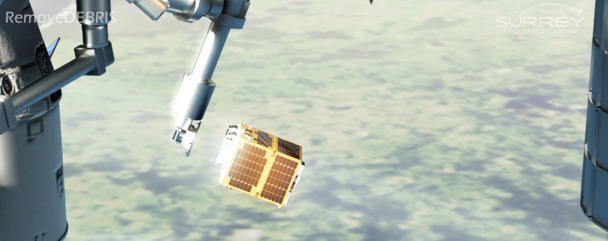
Providing safety through space assets
Space assets are key contributors to safety on Earth. From climate monitoring and the understanding of phenomena that disturb our planet, to using remote sensing in order to plan and manage humanitarian or natural crisis operations, to safe navigation and landing of airplanes, Earth would not be as safe as it is today without space assets.
The quality of weather prediction relies largely on meteorological satellites made by Airbus. Additionally, the company’s space systems for defence communication contribute daily to the protection of populations all over the world.
In the future, space technology will have the capability to change the trajectory of asteroids long before they cross the Earth’s path – a catastrophic threat for life and the planet’s climate. Airbus is participating in studies that will make such planetary defence systems feasible.
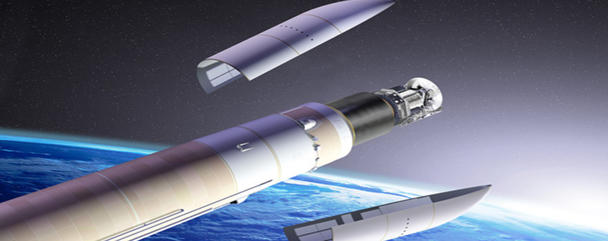
Discover more about safety in our products
Discover Safety at Airbus
Latest news
